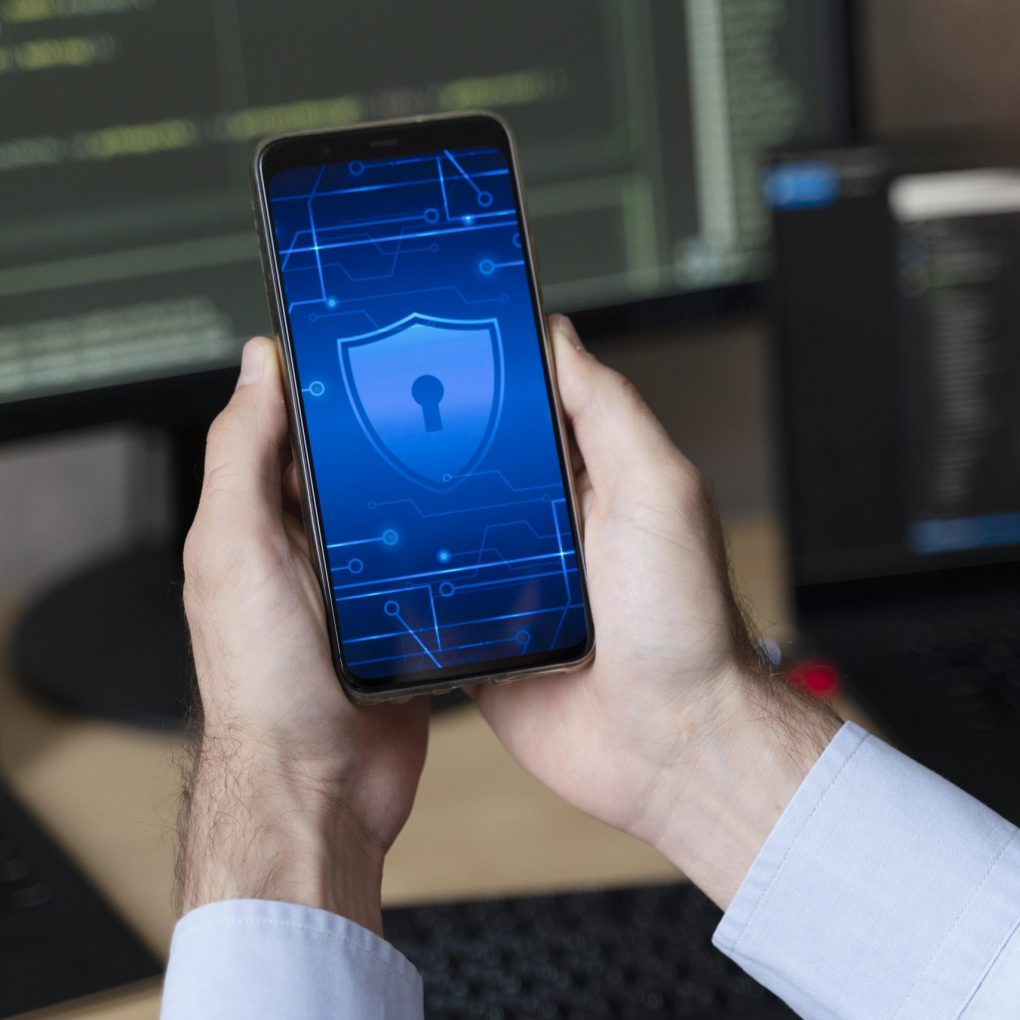Imagine being accused of something you didn’t do — being somewhere you weren’t, contacting someone you didn’t, or saying something that never happened. In situations like this, your best defense might be sitting in your pocket.
Your phone, laptop, tablet — even your smartwatch — hold more than just messages and photos. They contain data. Data that can prove your location, timeline, communication, behavior, and even intent. But to access that information in a way that’s both legally sound and admissible in court, you need something most people haven’t heard of: digital forensics.

Imagine being accused of something you didn’t do — being somewhere you weren’t, contacting someone you didn’t, or saying something that never happened. In situations like this, your best defense might be sitting in your pocket.
Your phone, laptop, tablet — even your smartwatch — hold more than just messages and photos. They contain data. Data that can prove your location, timeline, communication, behavior, and even intent. But to access that information in a way that’s both legally sound and admissible in court, you need something most people haven’t heard of: digital forensics.
Let’s break it down — what it is, how it works, when it helps, and why it could change the course of your case.
🔍 What Is Digital Forensics?
Digital forensics is the process of identifying, preserving, extracting, and analyzing digital data in a way that maintains its integrity for legal proceedings. It applies to all types of devices — smartphones, computers, tablets, cloud accounts, GPS systems, and more.
It’s not “hacking” — it’s not guesswork. It’s a systematic, traceable process that follows legal and technical standards. Think of it like CSI for your devices.
The goal? To find digital evidence that supports the truth.
Who Needs It — and Why
You don’t need to be in a criminal trial to benefit from digital forensics. In fact, most of our work supports civil cases, such as:
- Divorce & Custody Disputes
Proving someone’s location, communication with third parties, or behavior around children. - Harassment or Stalking Allegations
Confirming (or disproving) contact, threats, or patterns of behavior. - Alibi Verification
Time-stamped photos, GPS logs, and app usage can establish your timeline. - Workplace Misconduct or IP Theft
Extracting deleted emails, file transfers, or account access logs. - Fraud or Financial Crimes
Tracking transaction history, login trails, or account manipulation.
Attorneys often come to us not knowing what kind of evidence even exists on a device. Once they do, it can dramatically shift their strategy.
📱 What Can Be Retrieved?
You’d be surprised what we can uncover, even from a seemingly “wiped” or inactive device. Here’s just a portion of what may be recoverable:
- Deleted text messages or emails
- GPS location history
- Photos with timestamp and geotag data
- Browser history and app usage
- Call logs and voicemail records
- Social media activity
- Login times and account access trails
- File download or deletion records
This can establish a timeline, intent, behavior, or contradiction — which, in court, can carry real weight.
⚖️ Is It Legal in Florida?
Yes — when done properly.
In Florida, digital forensics is legal when:
- The device belongs to you
- You have lawful access to the device (e.g., a parent extracting a child’s device)
- You obtain data through consent or subpoena
- You are an attorney collecting evidence in discovery
- A court has ordered the forensic review
We never access data unlawfully. The entire process must follow chain-of-custody procedures to preserve the integrity of the evidence. That’s why using a licensed investigator or certified forensic examiner is critical.
🛠️ How the Process Works?
- Initial Assessment
We review the nature of the case, what data might help, and whether access is legal. - Imaging & Extraction
We create a bit-by-bit image of the device — a snapshot of every file, deleted or not. - Analysis
We run forensic tools to extract relevant artifacts: messages, photos, timestamps, GPS, app data, etc. - Reporting
A clear, detailed report is prepared that can be presented in court, complete with timestamps, explanations, and evidence maps. - Expert Witness (if needed)
We can testify in court to explain how the data was obtained, verified, and interpreted.
Why This Matters in Court?
Let’s say your client is accused of violating a restraining order — but their phone shows they were across town at the time.
Or they’re accused of deleting key files from a shared business account — but the metadata shows someone else logged in and did it.
This kind of evidence can mean the difference between conviction and dismissal, between full custody and restricted rights.
It’s not about creating a story — it’s about proving the truth, even when emotions and accusations run high.
Finally,
Digital forensics isn’t just for tech experts or high-profile crime shows. It’s for real people — in Florida, every day — who are fighting to prove what actually happened.
Whether you’re an attorney unsure what data can help your case, or an individual caught in a dispute you didn’t ask for, don’t underestimate what your devices know — and what they can prove.
Your phone might not just be your lifeline.
It might be your Alibi.
